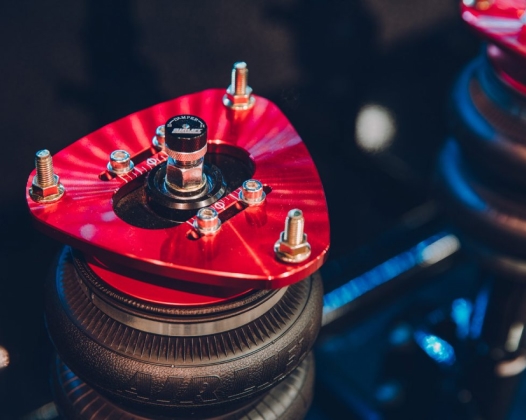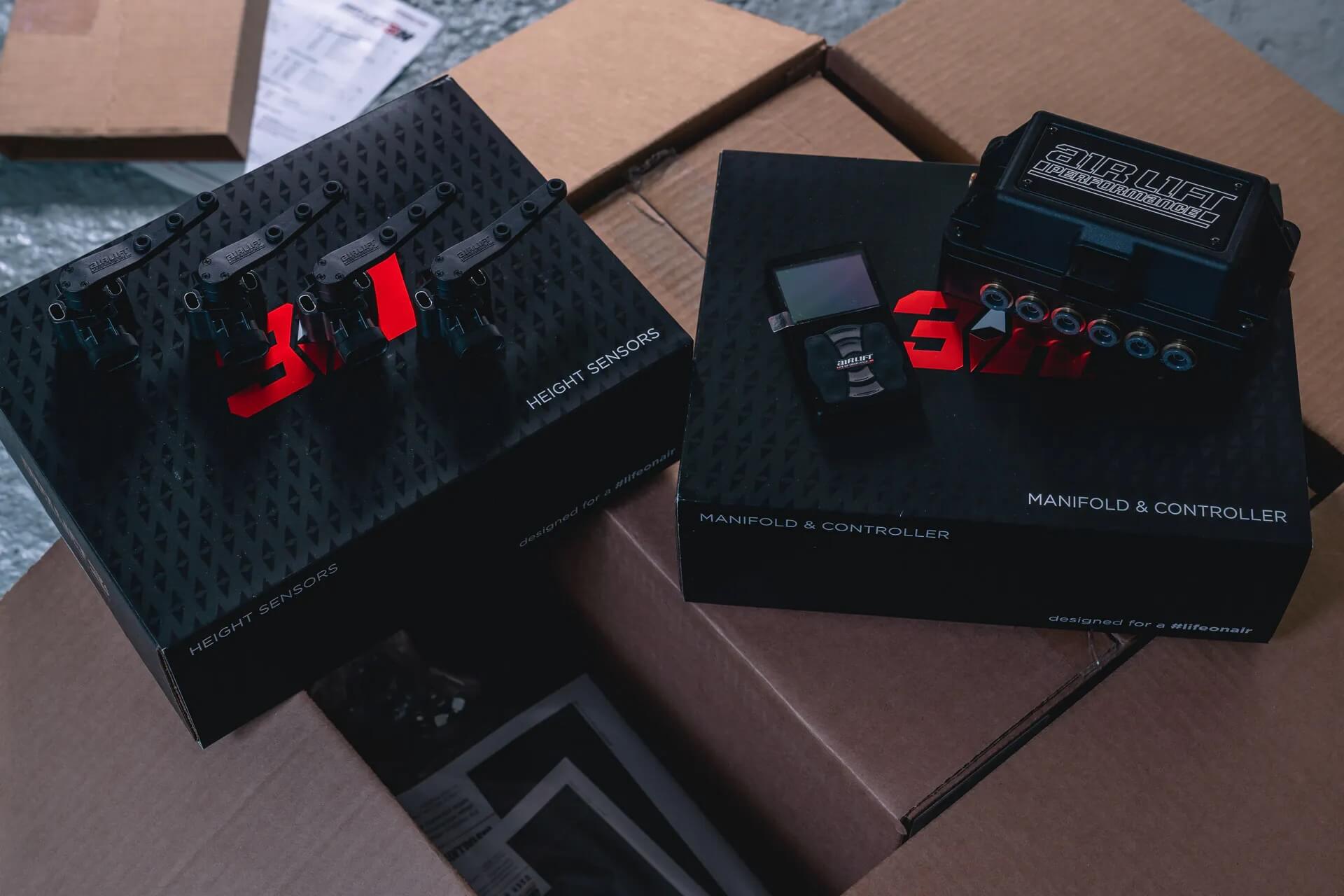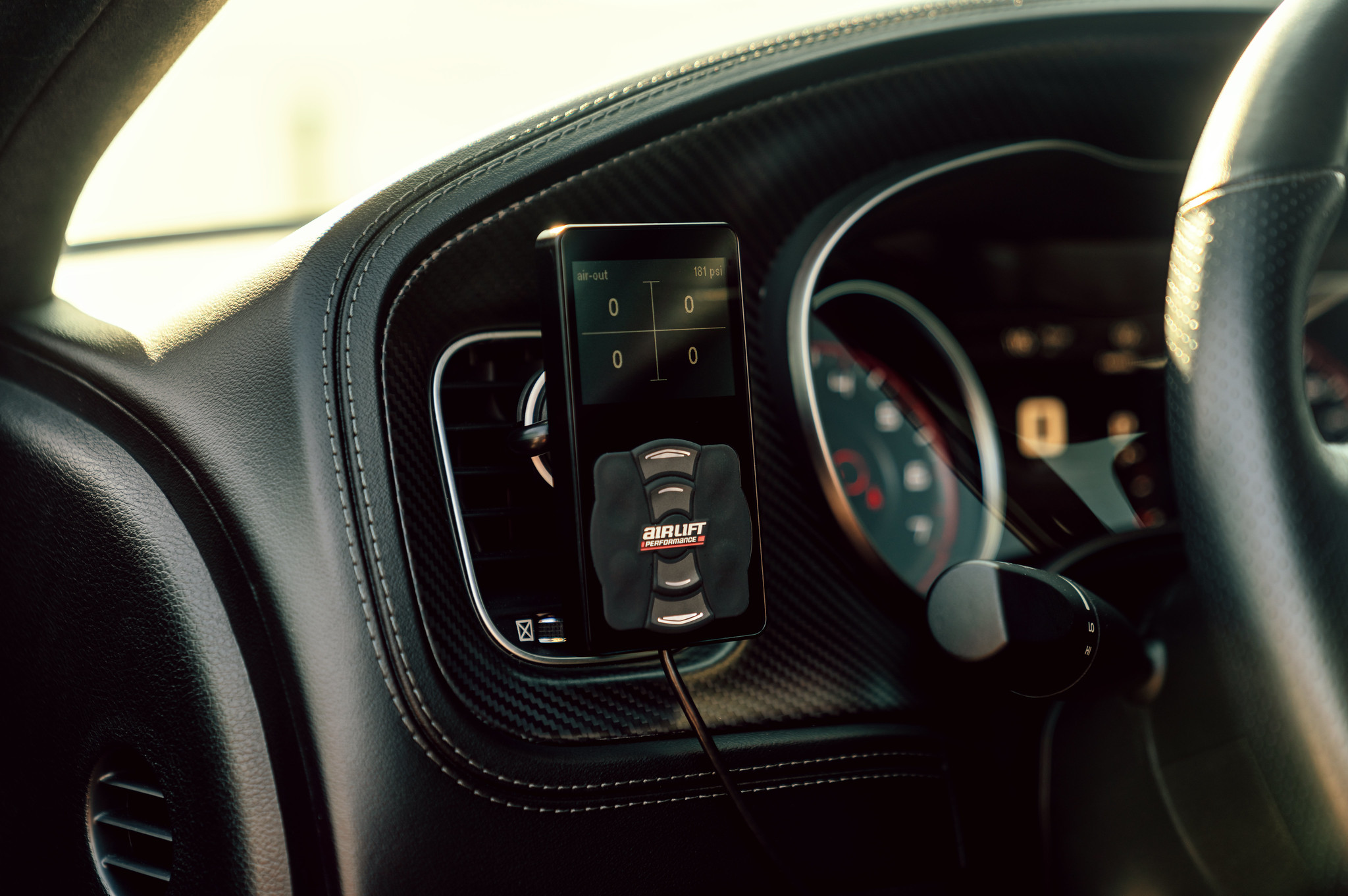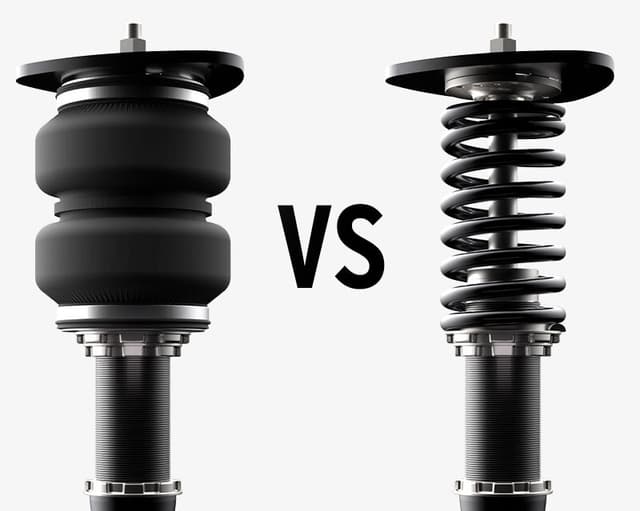Top 7 Mistakes When Building Your First Air Suspension System
10/18/2024

As the air suspension experts for over 75 years, from load support to airing out the best builds, we know the best tricks when setting up a system. We thought it was time we shared some tips everyone needs to know, especially before building your first air suspension system yourself.
Top 7 Mistakes When Building Your First Air Suspension System
Air leaks
- Improperly Cut Air Line: Common PTC leaks are typically due to improperly cut air lines or too much tension on the airline at the fitting. The line should be cut perfectly flush and inserted into the fitting with no tight radius bends directly into the fitting itself, creating tension.
- No Sealant: NPT fittings require a thread sealant to be leakproof. Using no sealant will almost guarantee the fitting will leak. These fittings are tapered, and an under-tightened fitting will leak. Over-tightened fittings can crack/split or crack/split the component into which the fitting is threaded.
Routing near heat source and edges: Be mindful while routing air lines, and avoid the exhaust and sharp edges.
Wiring
- Improper Connections: Improper wiring connections can cause voltage and communication issues within electrical components. Proper, secure wiring connections are necessary to ensure consistent and reliable product use.
- Not Using Inline Fuses: Users often install our products without the supplied in-line fuses. These are needed as a safety measure to prevent wiring or electrical components from overheating or burning. If compressors are faulty, they can overdraw amperage and cause the wiring to melt/burn without a fuse to pop to prevent such damage.
- Improper Ignition Source: Make sure the ignition source is a true ignition source. A trustworthy ignition source will see constant power only when the vehicle is in the on position. We’ve seen users wire into their fusebox and wonder why the system never shuts off or only works if the wipers/horn/headlights/etc are on since they wired it to the wrong source.
Bag clearance
Not Enough Clearance: If a bag does not have proper clearance at installation, it’s likely to be rubbed through or punctured by another component, which is not what we want.
To prevent premature failure, you need to make sure there is at least a 1/2" clearance all the way around the bag or roughly a finger-width gap.
Moisture
Water Trap: Ensure you have a water trap installed in the system between the tank and manifold to catch any moisture before it makes its way inside the manifold. A common error is that the water trap is placed between the tank and compressor, however, the correct location is between the tank and manifold. Having a water trap between both can certainly help, but it is only required only between the tank and manifold. Collected moisture can freeze in cold climates, which can cause a system to become inoperable.
Max extension
Driving Maxed Out: First-timers sometimes drive at the maximum height of their air suspension, thinking they’ll take advantage of maximum ground clearance while driving. In reality, this keeps the suspension completely topped out, with no give whatsoever. This can lead to premature wear on the struts/shocks and other suspension components, creating a stiff and uncomfortable ride.
Big Tanks
Enough Compressors to Tank Volume: The bigger the air tank, the more air can be held. For example, if you have a 4-gallon air tank, you’d want two compressors instead of one to fill the tank faster and have more air on demand.
Airing Out
Straight and Flat: As a new user, double-check before airing out by ensuring the wheel is straight and your vehicle is on a flat, smooth surface. If the wheel is turned or the car is parked over an obstacle or uneven ground, a wheel or tire could crush the wheel arches or damage a bumper or other body component.
In our blog image, there's an install mistake, can you spot it?
More Recent Articles
Get The Latest from Air Lift Performance
Want first access to big sale events, performance suspension news, and exclusive drops that sell out quickly?









